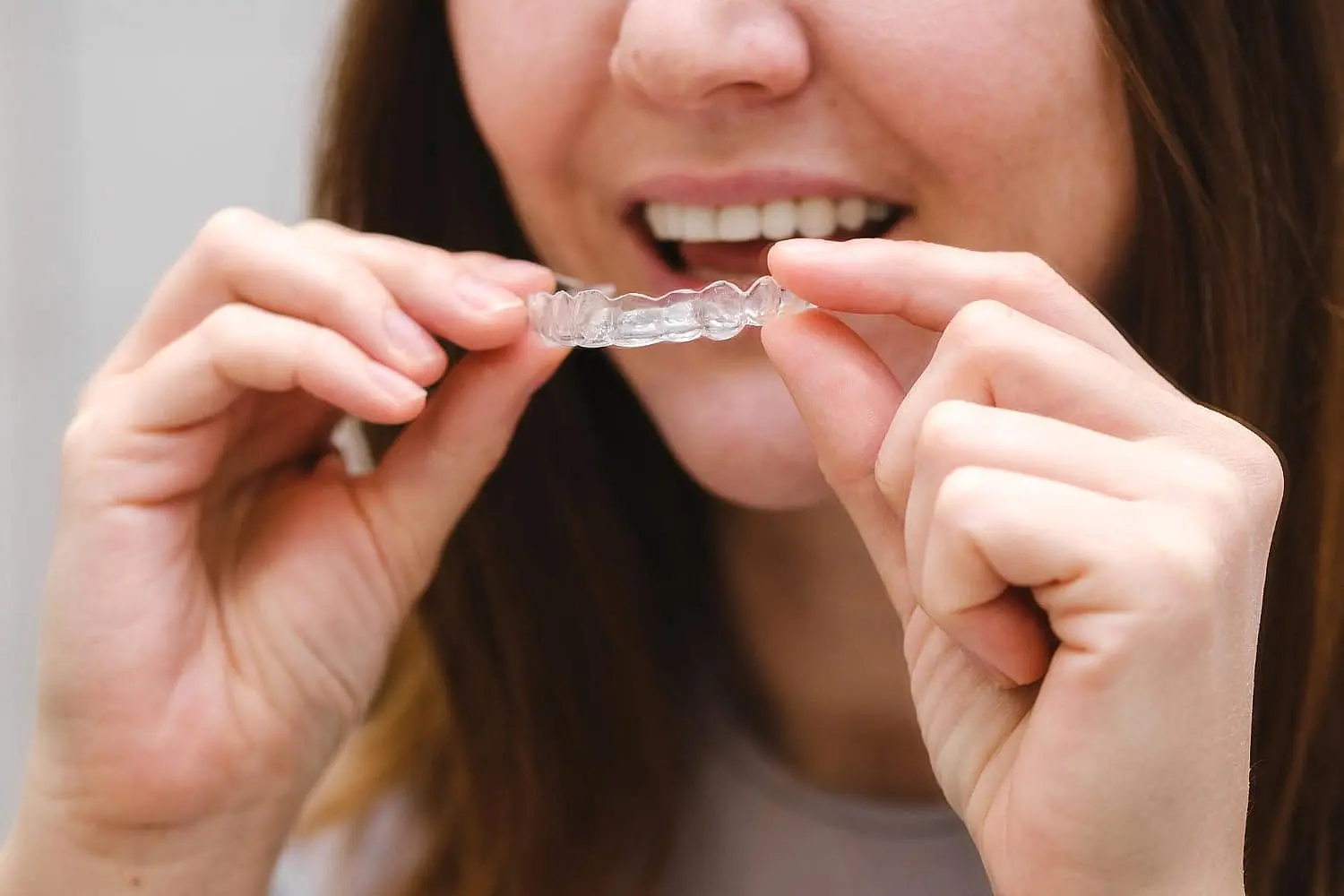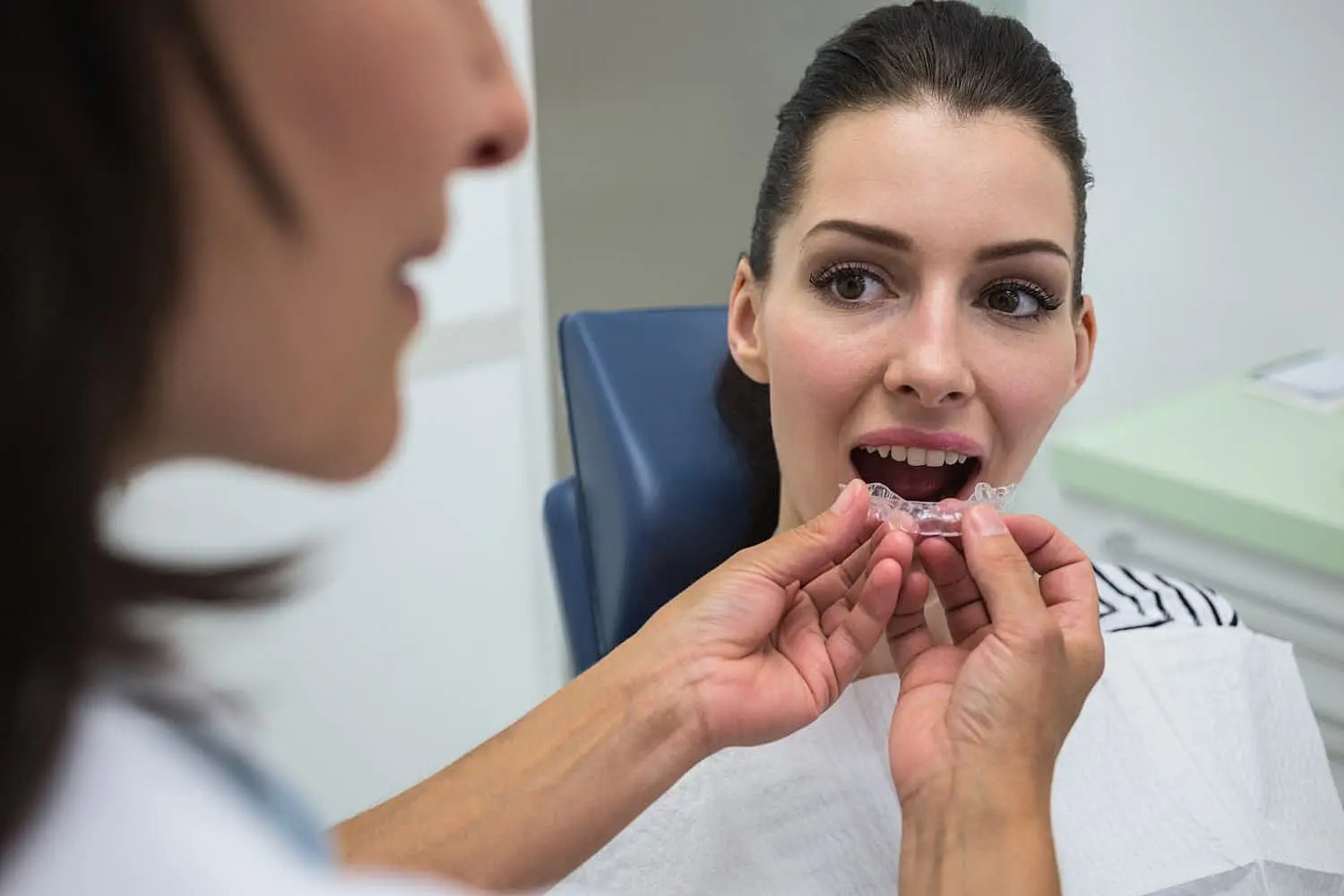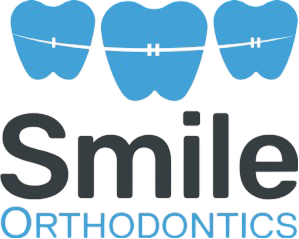Invisalign vs Braces in Leominster or Gardner, MA: The Ultimate Guide
Braces vs Invisalign: Which is Best?
Choosing between Braces and Invisalign (made by Align Technology) to correct crooked teeth can feel overwhelming, especially in Leominster and Gardner MA. The first step is finding the best orthodontist in Leominster and Gardner. Both treatments have their advantages and disadvantages, and in Leominster and Gardner, orthodontic care involves the same considerations—the final decision depends on personal factors, such as your dental condition and everyday routine.
So, what’s the verdict in the debate over Invisalign vs Braces? While traditional brackets or ceramic braces are generally recommended by orthodontists or dentists for more complex problems than crooked teeth, Invisalign and Invisalign Teen have made significant progress in advanced technology and adaptability for creating a better smile.
This guide will explore the differences in how these treatments work so you can better understand not only which option to choose but also which orthodontic office in Leominster and Gardner can help enhance your oral health and align your teeth for a perfect smile.

Factors Influencing Effectiveness of Braces vs Invisalign

Complexity of the Dental Case
Orthodontic procedures vary based on how complex your condition is. Certain methods offer better control over challenging dental concerns. Some treatments require regular and consistent dedication to achieve results.
An individual’s daily habits are often an essential factor in determining which approach will deliver successful results. Methods that do not heavily rely on patient compliance may be more effective for those with unpredictable routines.

Investment and Oral Hygiene
Orthodontic treatment is a valuable investment. Some options are designed to be easily maintained, helping prevent complications and reducing trips to the orthodontist for cleanings. Treatments that prioritize simple maintenance can promote healthier gums and teeth in the long run by minimizing bacterial buildup.
Alternative methods may demand more thorough cleaning routines, as failing to maintain them can lead to plaque accumulation. Regular dental maintenance ensures the success of any orthodontic plan.
Orthodontic Treatment Effectiveness in Different Age Groups
Explore how orthodontic treatment varies between children and adults, focusing on growth, lifestyle, and the personalized solutions available for each.

Early Orthodontic
Treatment in Children
Early orthodontic intervention can guide the growth and alignment of the jaw and teeth during developmental years. Traditional braces are an excellent solution for younger patients because they efficiently handle complex treatments while reducing concerns about appearances.
Adult Orthodontics:
Invisalign versus Braces
For adults, treatment options such as removable appliances or fixed braces often depend on their lifestyle. Removable solutions offer both aesthetic benefits and flexibility, while fixed braces are a better option for individuals who prefer treatments that don’t depend on rigorous daily compliance. Both approaches take complexity and personal goals into account.
Real-world Applications: Invisalign or Braces?
Debunking Myths Around Braces and Invisalign
Clearing up common misconceptions helps patients make informed decisions about braces and clear aligner treatments.
Myths about Braces
A common misconception is that braces are only for children and teenagers. In reality, braces are a powerful treatment choice for adults as well and can successfully fix alignment issues that have been causing discomfort or dental health risks for years.
Myths about Clear Aligner Therapy
Many believe that Invisalign is significantly pricier than braces, but this is not always the case. Additionally, while Invisalign may not be the first choice for extreme cases, it can handle a wide range of dental conditions when patients comply consistently with the treatment plan.

Can Extraction Cases be Treated with Clear Aligners?
Clear aligners are capable of managing cases that involve tooth extractions when followed correctly. High levels of compliance are necessary to achieve success. If a patient uses aligners inconsistently, the results may be delayed or less effective, leading to the need for alternative treatment methods depending on their personalized needs.
Mechanical Advantages and Disadvantages of Braces and Invisalign in Orthodontics Biomechanics
As previously discussed, the integration of accessory appliances is significantly more straightforward with traditional metal braces as opposed to clear aligners, particularly when addressing more complex treatment scenarios. Traditional metal braces offer greater flexibility in incorporating various devices that support a more anterior positioning of the jaw, making them especially effective for early intervention cases and treatment plans aimed at adolescents. This capability allows orthodontists to employ a wider range of techniques to achieve desired outcomes, which is often challenging to replicate with clear aligners. The ability to seamlessly integrate these appliances with the brackets provides an advantage when significant or rapid adjustments are necessary, ultimately enhancing the overall effectiveness of orthodontic treatment.
Take Action
Orthodontic care is all about understanding each patient’s dental needs, lifestyle, and financial preferences. Scheduling a free orthodontic consultation can help you decide the best path toward achieving a healthy and radiant smile that lasts a lifetime.

